PLEASE HELP, no matter what building your student attends!
The Elementary School is continuing with its TREX recycling challenge over the summer months. Since May, the school has collected 235 pounds of soft plastic and needs to collect only 765 more pounds to reach the 1,000-pound mark to receive a special TREX bench for the school! While the school has until April 30, 2026 to collect the remaining soft plastic, it’s looking to the community to help! Stop by the ES main entrance from 8 a.m. to 3 p.m. Monday through Thursday with your donations! Thank you for whatever you can do to help the cause!
The Elementary School is continuing with its TREX recycling challenge over the summer months. Since May, the school has collected 235 pounds of soft plastic and needs to collect only 765 more pounds to reach the 1,000-pound mark to receive a special TREX bench for the school! While the school has until April 30, 2026 to collect the remaining soft plastic, it’s looking to the community to help! Stop by the ES main entrance from 8 a.m. to 3 p.m. Monday through Thursday with your donations! Thank you for whatever you can do to help the cause!
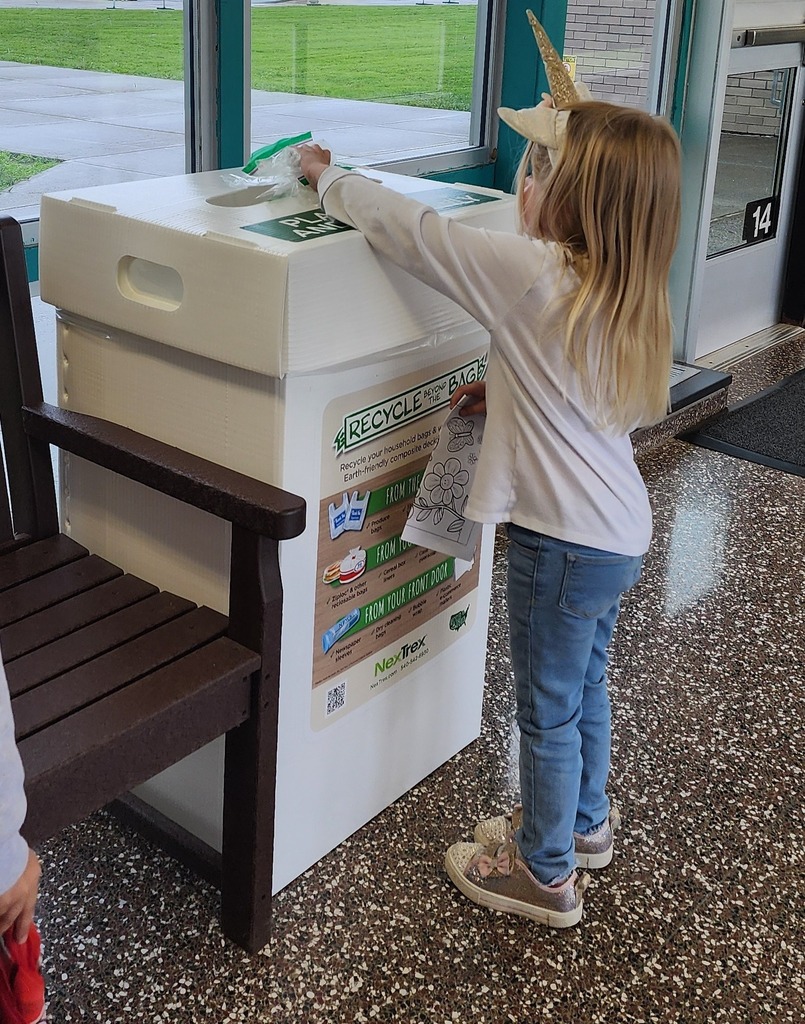
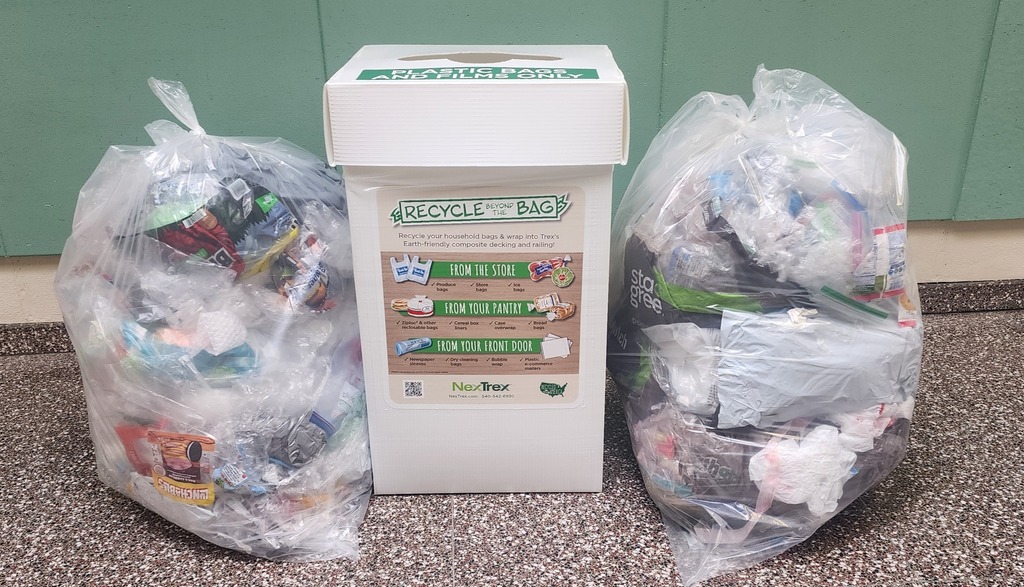
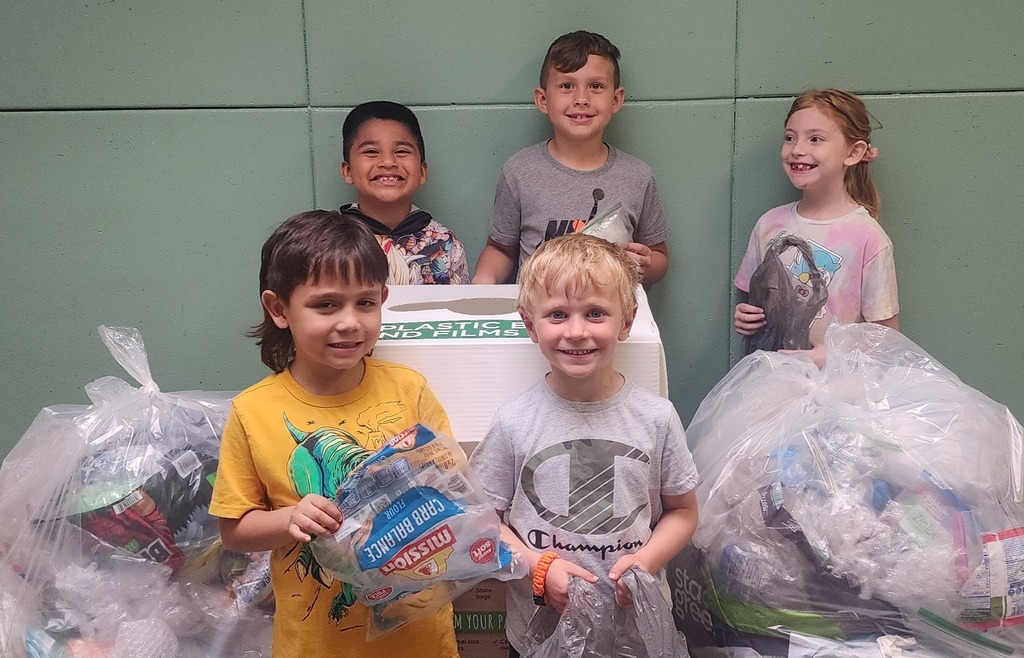
Reminder: Download the district's free smartphone app!
The Minisink Valley School District's free smartphone app offers users the ability to stay current with individual school updates and information on district events and activities.
It also provides users with customized notifications related to each school selected by each user, including a quick and easy way to learn breakfast and lunch menus in all buildings each day!
The free app is available for Android and Apple devices in their respective app stores.
To stay up-to-date on the latest district news and events via the app, visit Google Play Store and search for Minisink Valley CSD; or the Apple App Store and search for Minisink Valley CSD NY.
The Minisink Valley School District's free smartphone app offers users the ability to stay current with individual school updates and information on district events and activities.
It also provides users with customized notifications related to each school selected by each user, including a quick and easy way to learn breakfast and lunch menus in all buildings each day!
The free app is available for Android and Apple devices in their respective app stores.
To stay up-to-date on the latest district news and events via the app, visit Google Play Store and search for Minisink Valley CSD; or the Apple App Store and search for Minisink Valley CSD NY.
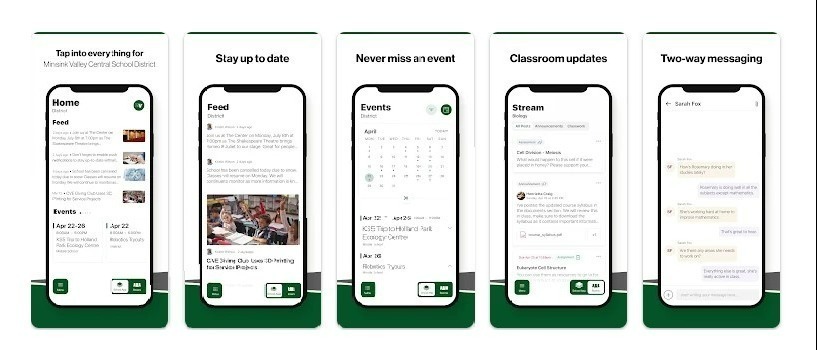
TRACK & FIELD SUMMER BEGINS AUG. 18! CAMP REGISTRATION IS TAKING PLACE NOW!
Don't miss out if interested!
DETAILS: https://drive.google.com/drive/folders/1ctcuEIbr2FY8u-pdBqPDe65wBgBaTYyW
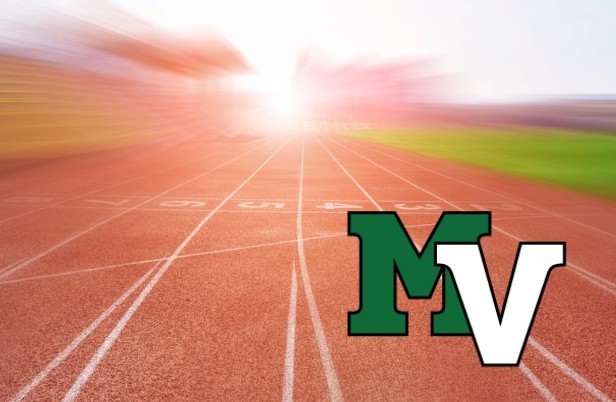
GIRLS SUMMER BASKETBALL CAMP BEGINS JULY 29! REGISTRATION IS TAKING PLACE NOW! Don't miss out if interested!
Details are here: https://drive.google.com/drive/folders/1ctcuEIbr2FY8u-pdBqPDe65wBgBaTYyW
Details are here: https://drive.google.com/drive/folders/1ctcuEIbr2FY8u-pdBqPDe65wBgBaTYyW

SWIM SUMMER CAMP BEGINS AUG. 4! REGISTRATION IS TAKING PLACE NOW! Don't miss out if interested!
Details: https://drive.google.com/drive/folders/1ctcuEIbr2FY8u-pdBqPDe65wBgBaTYyW
Details: https://drive.google.com/drive/folders/1ctcuEIbr2FY8u-pdBqPDe65wBgBaTYyW

VOLLEYBALL SUMMER CAMP BEGINS JULY 28! REGISTRATION IS TAKING PLACE NOW!
Don't miss out if interested!
Details: https://docs.google.com/document/d/1fR6_MDGVbUcgwTdkNjIQdSZMp8l2rwBP/edit
Posted as
Don't miss out if interested!
Details: https://docs.google.com/document/d/1fR6_MDGVbUcgwTdkNjIQdSZMp8l2rwBP/edit
Posted as

Minisink Valley often issues requests for proposals (RFPs) and seeks bids for a variety of services for the district. We invite your business to routinely check on current RFPs and bid requests by clicking here:
https://drive.google.com/drive/folders/1lg7SrDcrW-nGH0KlfHyn97ImyBbcwpUi
https://drive.google.com/drive/folders/1lg7SrDcrW-nGH0KlfHyn97ImyBbcwpUi

Please join us in welcoming William Cooper to his new role at president of the Board of Education, and Anthony Monaco to role as Board vice president. Both were elected to these positions during the July 10 Board of Education's annual reorganizational meeting, held prior to its regular meeting.
Also at this meeting, Malorie Yourman was sworn in to her new role as a Board member. And, Heather Day and Madilyn Greenberg were sworn in to their new roles as the district’s first-ever ex-officio student members.
We thank them, as well as the entire Board of Education, for their upcoming and/or continued service to our district and school community.





SWIM SUMMER CAMP BEGINS AUG. 4! REGISTRATION IS TAKING PLACE NOW! Don't miss out if interested!
Details: https://drive.google.com/drive/folders/1ctcuEIbr2FY8u-pdBqPDe65wBgBaTYyW

VOLLEYBALL SUMMER CAMP BEGINS JULY 28! REGISTRATION IS TAKING PLACE NOW!
Don't miss out if interested!
Details: https://docs.google.com/document/d/1fR6_MDGVbUcgwTdkNjIQdSZMp8l2rwBP/edit

CLASS OF 2026 families: Here we go!
A friendly reminder: Please be sure your rising senior has scheduled his/her senior portrait time with Lors Studio! (We've already emailed this information to them!)
Dates: Aug. 11 to 15
Time: 8:30 a.m. to 3 p.m.
Location: High School auditorium
If, for some reason, you didn't receive an email from Lors, here's the information:
1. Go to: Lors Studio and click seniors
https://myschedule.lorsstudio.com/accounts/login/
2. Username: Your Last Name
3. Password: Student ID Number
For questions, or to schedule a portrait sitting by telephone, call 908-964-3040.
Note: Makeups/retakes by also by appointment on Oct. 16 and 17 from 7:30 a.m. to 3 p.m. in the auditorium. Please note there are no retakes for October photos. Thank you for your attention to this important information!

GIRLS SUMMER BASKETBALL CAMP BEGINS JULY 29! REGISTRATION IS TAKING PLACE NOW! Don't miss out if interested!
Details are here: https://drive.google.com/drive/folders/1ctcuEIbr2FY8u-pdBqPDe65wBgBaTYyW

CHEER SUMMER CAMP BEGINS JULY 21! REGISTRATION IS TAKING PLACE NOW! Don't miss out if interested!
Details: https://drive.google.com/drive/folders/1ctcuEIbr2FY8u-pdBqPDe65wBgBaTYyW

BOYS BASKETBALL SUMMER CAMP BEGINS JULY 21!
Register now so you don't miss out!
Details are here:https://drive.google.com/drive/folders/1ctcuEIbr2FY8u-pdBqPDe65wBgBaTYyW?fbclid=IwY2xjawLPjYpleHRuA2FlbQIxMABicmlkETFqeDY5SWo3SGdid1VTMnBDAR7Ipparh1awEU6L930Sv4fycstKkX2Sc3CoBGkDfMEAbzgljAARWUmY56QcGw_aem_t75jUH5Sejp8SW7FDInGoQ

GIRLS LACROSSE SUMMER CAMP BEGINS JULY 21!
Register now so you don't miss out!
DETAILS: https://drive.google.com/drive/folders/1ctcuEIbr2FY8u-pdBqPDe65wBgBaTYyW

The Athletic Department has presented Athletic Appreciation Awards to district’s Fields and Grounds crew and the Transportation Department for their ongoing support of Minisink Valley Athletics! Athletic Director Tim Bult expressed his gratitude and those of all team coaches for the critical behind-the-scenes and day-of support given by these two important groups. Their assistance and support are keys in the success of the Athletic Department’s operations each year!


THANK YOU to soon-to-be rising seventh-graders Sofia Tropiano and Brielle Sessoms, who grew Zinnias from seeds and planted the seedlings in the Middle School Courtyard. Their hope is students, faculty and staff will return to school In September seeing some gorgeous flowers in bloom to welcome everyone back! Well-done!

In addition to our wonderful and important Class of 2025, another important person in the district is also “graduating!”
Please join us in sending our very best wishes and gratitude to Board of Education President Joseph Flaherty, who is concluding a 15-year term of service to the Board of Education and the Minisink Valley school community on June 30.
For the last 13 of those 15 years, Mr. Flaherty served as Board of Education president, always working to put the needs of students first, while staying respectful of taxpayer dollars, to provide the best possible education to all our students. He’s been a member of all Board committees, including chairing several during his tenure.
Mr. Flaherty has consistently worked with a resolve to put student achievement, success and safety as top priorities. He’s represented the district and Board of Education at countless events in the district, Orange County, Albany and statewide with distinction and good grace. We’re grateful for his guidance, leadership and all he’s done to support our faculty, staff, administration and, most importantly, students and families.
During last evening’s Class of 2025 Baccalaureate Service, Mr. Flaherty acknowledged the common bond he had with the senior class. He began his Board presidency the same year they became kindergarteners!
“While you’re finishing up 13 years of public education, I’m finishing up 13 years as president of the Board of Education in just a few days, too,” he said. “We all will be starting something new in the next chapters of our lives. Starting new…that ‘change’ in the way your life has been for quite a long time…and ‘what you know’ as a routine…. is something that you will repeat time and time again in your life. My simple advice for your consideration is this: Embrace change. Embrace all the new things that will come your way, no matter how uncomfortable they may make you feel or how exhilarated they will make you feel. Give ‘change’ a chance. You will be pleasantly surprised at how well you adapt and thrive.”
We know Mr. Flaherty will thrive as he begins his new adventures in life. We wish him much good health, happiness, success and fulfillment! Thank you for your service to our school district.

COME FLY WITH ME!
Jennifer Carroll’s and Mike Conklin’s IS fifth-graders “took flight” via their recent “Paper Airplane Project!”
Each student designed and flew his/her own paper airplane, then measured how far it traveled—in feet and inches.
After collecting their flight data, students created colorful line plot posters to display their results and practice real-world math skills.
This project combined creativity, hands-on measurement, and data analysis—all while having a blast…and a fabulous STEM lesson!
Making paper airplanes is a fun and engaging way to learn about math and science concepts! Students can use mathematical concepts like measurement, graphing, and data analysis to improve their designs and understand the forces at play.







The Class of 2025 Baccalaureate Service was a poignant evening that we know will be memorable due the wonderful advice offered to our soon-to-be graduates and their families.
We are grateful for the wonderful words of wisdom offered by teacher Adam Hubbard, Senior Sean Crowe, Parent Ethan Gutzeit, Principal Kenneth Hauck, Superintendent Brian Monahan and Board of Education President Joseph Flaherty.
See more photos on the district's Facebook page: https://www.facebook.com/MinisinkValleyCSD






